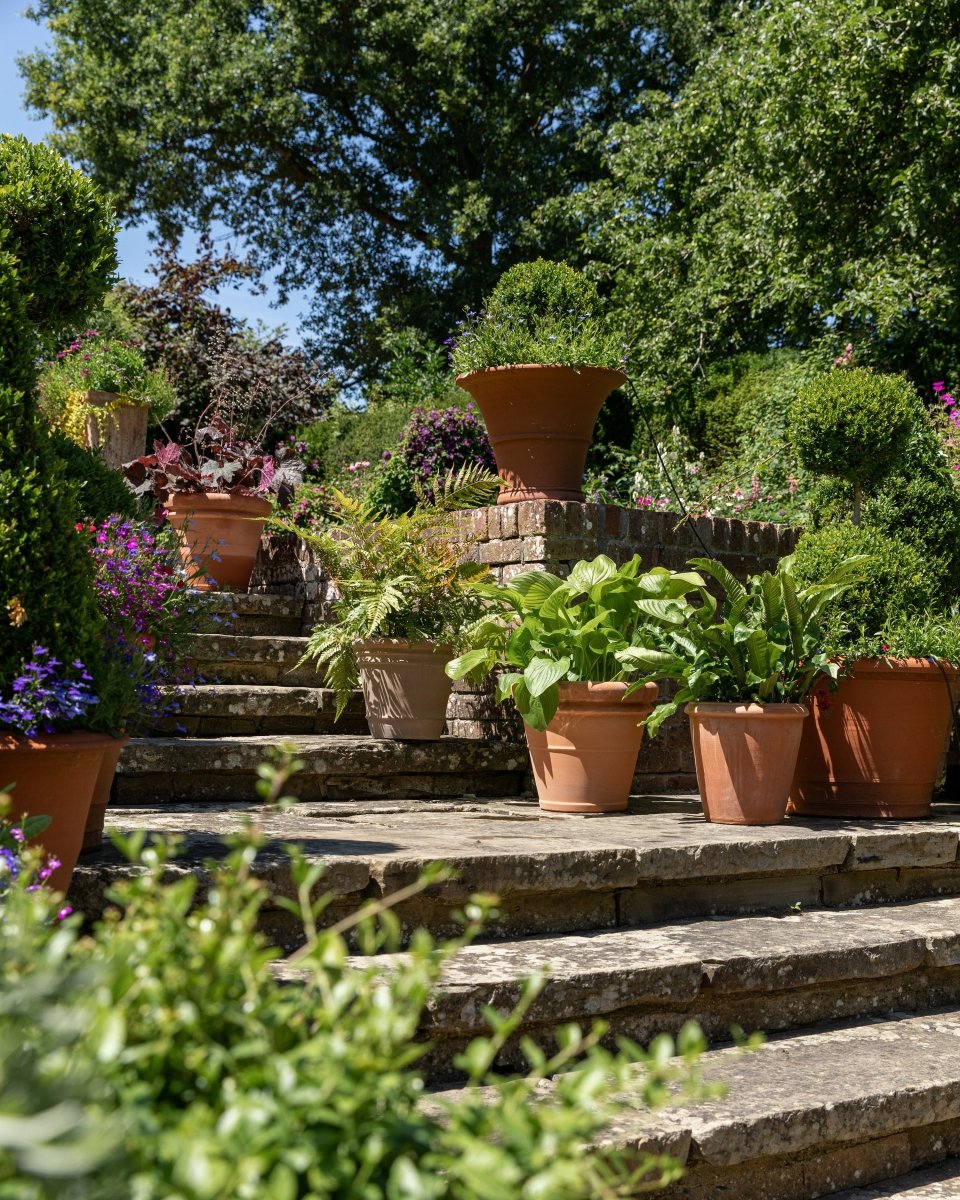Caring for a Caryota mitis, commonly known as the Burmese Fishtail Palm, involves providing the right balance of light, water, and humidity, as well as proper fertilisation. Here’s a detailed guide:
1. Light
- Bright, indirect light: The Burmese Fishtail Palm thrives in bright, filtered light. Avoid direct sunlight, especially harsh afternoon sun, which can scorch the leaves.
- Tolerates low light: It can also tolerate lower light conditions, but its growth may slow down.
2. Watering
- Consistent watering: Keep the soil consistently moist, but not waterlogged. Water when the top 2-3 cm of soil feel dry. The palm does not like to dry out completely, so regular watering is essential.
- Avoid overwatering: Ensure proper drainage to prevent root rot. Do not allow the plant to sit in standing water.
3. Humidity
- High humidity: This palm thrives in humid environments. Try to maintain humidity levels of at least 50% or higher.
- Increase humidity: Use a humidifier, place the pot on a pebble tray filled with water, or mist the plant regularly if your home is dry.
4. Temperature
- Warm temperatures: Ideally, keep the plant in a temperature range between 18°C and 30°C. Avoid exposing it to temperatures below 15°C, as it is not frost-tolerant.
- Protect from cold drafts: Ensure it’s not placed near doors, windows, or air conditioning vents that might cause cold draughts.
5. Soil
- Well-draining soil: Use a rich, well-draining potting mix, such as one made for palms or a general-purpose mix with added perlite or sand to ensure drainage.
6. Fertilisation
- Balanced fertiliser: Feed your palm with a balanced liquid fertiliser during the growing season (spring and summer) once a month. In autumn and winter, reduce feeding as the plant's growth slows.
- Palm-specific fertilisers: If available, palm-specific fertilisers are also a good choice, as they provide the nutrients that palms need for healthy growth.
7. Pruning
- Remove dead fronds: Prune away any yellow or brown fronds at the base using sharp, sterilised tools to maintain the plant’s appearance and prevent disease.
- Do not over-prune: Avoid cutting off too many healthy fronds, as palms need their leaves for photosynthesis.
8. Repotting
- Repot every 2-3 years: As the palm grows, it will eventually outgrow its pot. Repot it every 2-3 years, or when it becomes root-bound, using fresh soil.
9. Pest Control
- Watch for pests: Caryota mitis can be prone to common houseplant pests like spider mites, mealybugs, and scale. Regularly inspect the leaves for signs of infestation and treat any issues promptly with insecticidal soap or neem oil.
10. Toxicity
- Toxic to pets: Keep in mind that this plant can be toxic to pets if ingested, so place it out of reach if you have animals in your home.





















